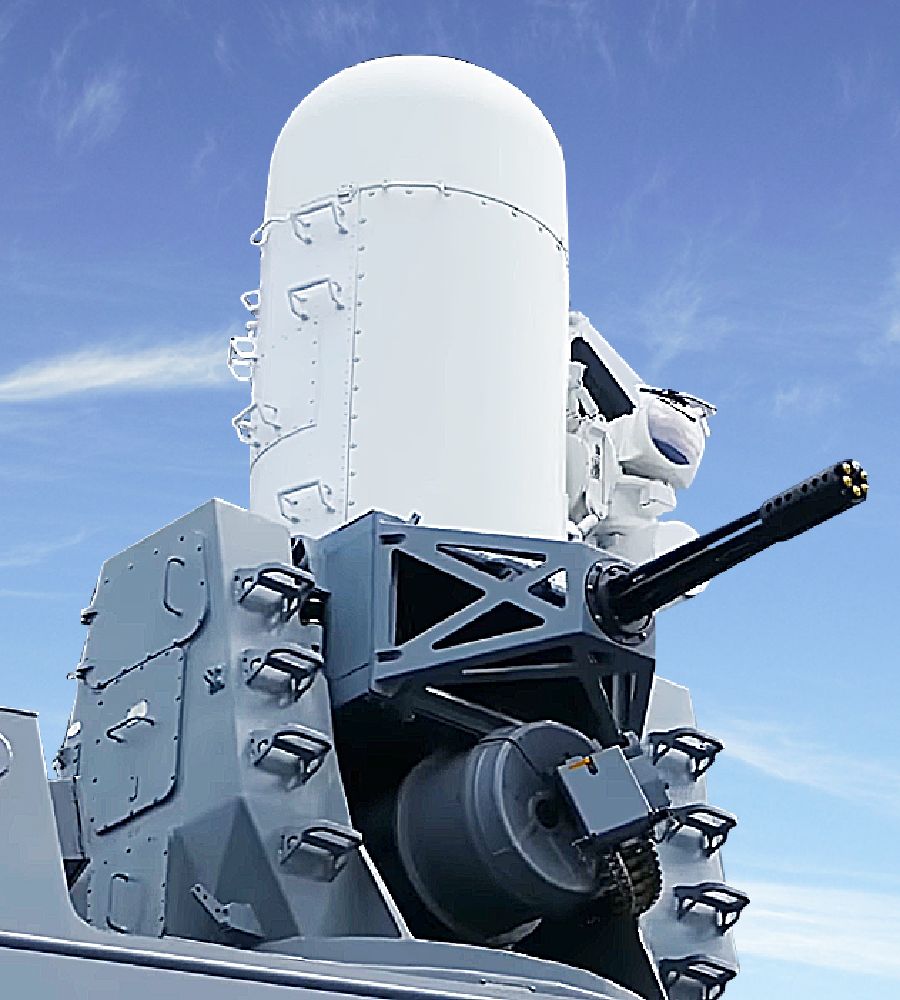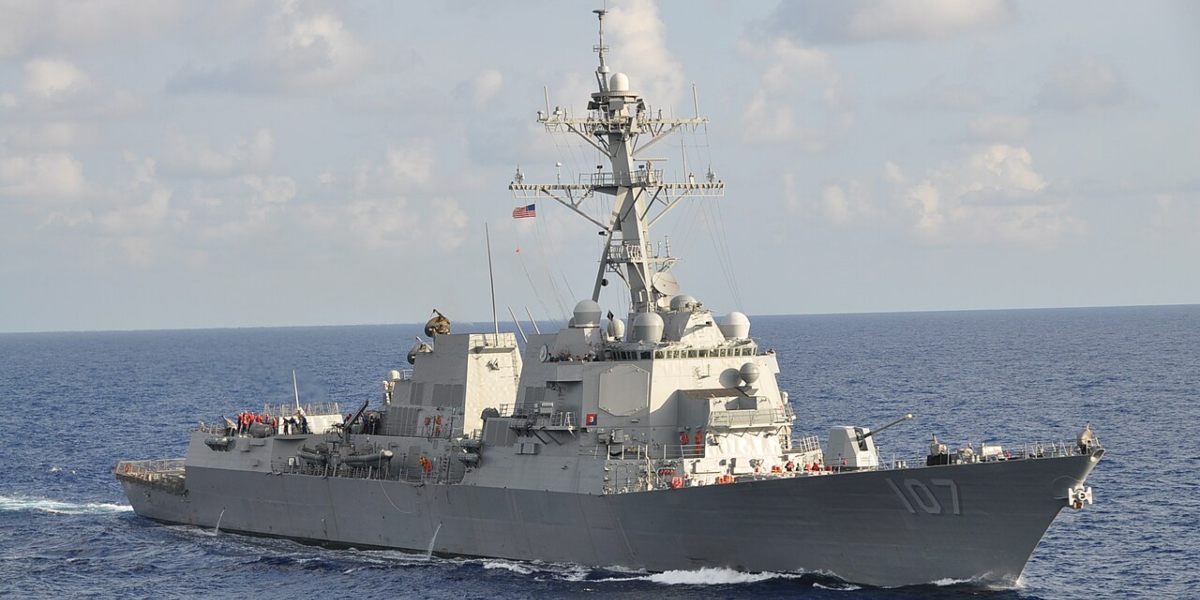CIWS on board USS Gravely shoots down cruise missile fired by Houthis
According to CNN a cruise missile launched by Houthis rebels into the Red Sea on the night of Jan. 30, 2024 came within a nautical mile of the Arleigh Burke-class guided-missile destroyer USS Gravely (DDG 107), marking the closest such attack on a US warship to date. The missile was ultimately destroyed by the ship’s Close-In Weapon System (CIWS), marking the first time this defensive system has seen combat action on a warship.
USS Gravely uses CIWS against threat posed by Houthis
As Alert 5 says, previously, Houthis missile attacks against vessels in the Red Sea had been intercepted at a distance of eight miles or more.
This incident, however, highlights the evolving capabilities and potential threat posed by the rebels, raising concerns about the safety of maritime traffic in the crucial waterway. The close call also comes just days after three US service members were killed in a drone attack by Iran-backed militants at a US outpost in Jordan.
The fact that the Gravely was not able to intercept the missile sooner does not indicate that the Houthis’ attacks have gotten more sophisticated, a US official said.
According to the Missile Defense Project at the Center for Strategic and International Studies, Tom Karako, it was “concerning” that the Houthi missile managed to get so close to a US warship.
Karako said, “If it’s going at a pretty good clip, one mile translates to not very long in terms of time.”
He explained that the Houthis acquire much of their weapons technology from Iran. A mile can be covered within a matter of seconds even by slower cruise missiles, and the decision time for the commanders of warships is compressed because of the narrow waterways in the Red Sea.
The challenge facing air defense, Karako said, is a “capacity problem,” since US warships have a finite supply of interceptor missiles to use. “We can’t afford to sit here and play catch indefinitely,” he said.
The Houthis have continued to launch missiles and drones at vessels in the Red Sea, however, and on Wednesday morning were preparing to launch a surface-to-air missile that posed a risk to US aircraft operating in the region, according to US Central Command.

The Phalanx CIWS
The Phalanx CIWS (pronounced as “SEE-wiz”) defends navy ships against a variety of anti-ship threats, such as anti-ship missiles and aircraft, small high-speed surface craft, helicopters and surface mines. Phalanx is the only deployed CIWS capable of autonomous search, detection, evaluation, tracking, engagement and kill-assessment functions.
Equipped with a six-barreled 20mm cannon capable of firing over 4,500 rounds per minute, the CIWS can shred incoming projectiles at close range, offering critical protection for ships in high-risk situations.
The Block 1B Surface Mode configuration builds on earlier capabilities with the addition of an Optimized Gun Barrel (OGB) for an improved dispersion pattern and an integrated Forward-Looking Infrared System. The new OGBs are 18 inches longer than the original M61A1 gun barrels, are substantially thicker, and include both a barrel brace and muzzle restraint to improve longevity and projectile dispersion patterns. The Enhanced Lethality Cartridge provides a 50 percent increase in penetration mass. The Phalanx FLIR provides a unique capability to search, track and engage littoral warfare threats while simultaneously providing a significant improvement in ASM engagement ranges.
The Phalanx weapon system is installed on all US Navy surface combatant ship classes and on those of 24 allied nations. The land-based version is forward deployed and has been used in combat.
USS Gravely
USS Gravely (DDG-107) is an Arleigh Burke-class guided missile destroyer in the United States Navy. She is named after Vice Admiral Samuel L. Gravely, Jr. Gravely became the first African-American to command a US Navy warship and the first African- American to command an American warship under combat conditions.
Gravely is the 57th destroyer in her class. She was authorized on 13 September 2002 and her keel was laid down on 26 November 2007 at Northrop Grumman Shipbuilding’s Ingalls Shipbuilding shipyard in Pascagoula, Mississippi. Gravely was launched on 30 March 2009. She successfully completed sea trial in June 2010.
Alma B.C. Gravely, Adm. Gravely’s widow, christened Gravely, Northrop Grumman’s 27th Aegis guided missile destroyer, on 16 May 2009.
USS Gravely is part of the Dwight D. Eisenhower Carrier Strike Group (IKECSG) arrived in the Middle East and CENTCOM area of responsibility on Nov. 4, 2023.

Photo by Lt. Cmdr. Corey Barker/U.S. Navy and Paraxade via Wikipedia

